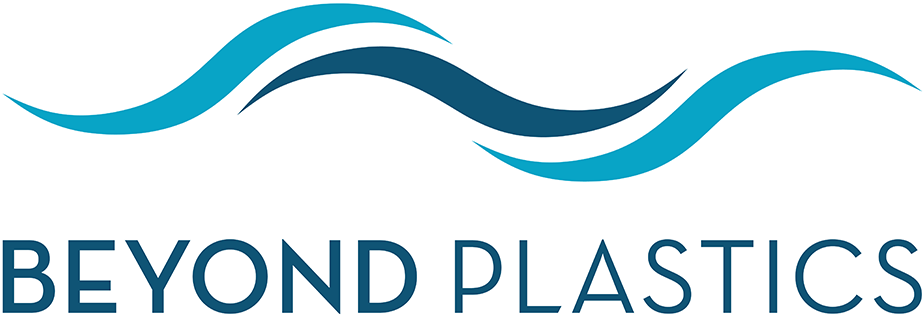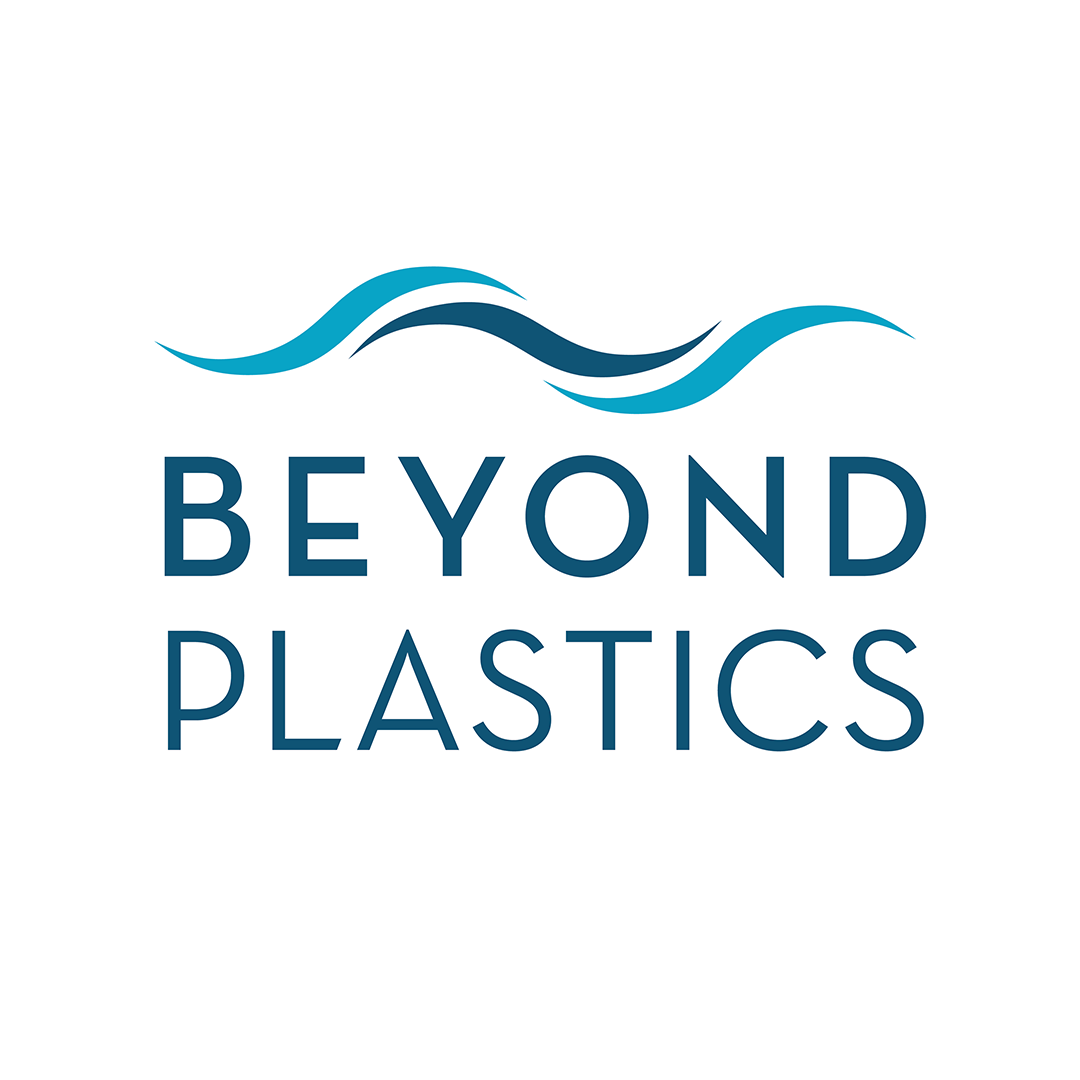New York Mayors, Counties, Towns Urge Assembly to Pass Packaging Reduction and Recycling Infrastructure Act
And ICYMI: Albany Times-Union Editorializes in Favor of the Legislation,
Joining Buffalo News and New York Daily News
For Immediate Release: June 11, 2025
Contact:
Marissa Solomon, marissa@pythiapublic.com, (734) 330-0807
Judith Enck, judithenck@bennington.edu, (518) 605-1770
ALBANY, N.Y. — Yesterday, the New York State Conference of Mayors and Municipal Offices, the New York State Association of Counties, and the New York Association of Towns issued a joint statement urging the Assembly to pass the Packaging Reduction and Recycling Infrastructure Act (A1749 Glick).
They write: “With the future of federal funding and environmental policy uncertain, it is essential that New York take bold, decisive action. The Packaging Reduction and Recycling Infrastructure Act would represent a comprehensive, cost-effective, and environmentally responsible strategy that will strengthen local waste systems, support municipal budgets, and advance our shared goals of sustainability and environmental justice.”
And, new this morning, the Albany Times-Union editorialized in favor of the legislation. They write:
“Yes, New York is just one state, and it alone can't be expected to solve a global problem. But the nation's fourth-largest state still has the economic might to change the ways big companies do business. In other words, if companies reduce the amount of plastic they use to sell in New York, they will likely use the same packaging elsewhere.”
Read the editorial here. And in case you missed them, read the Buffalo News and the New York Daily News in favor of the legislation too.
This legislation passed in the state Senate on May 28 and is now pending in the state Assembly.
BACKGROUND
The Packaging Reduction and Recycling Infrastructure Act (S1464 Harckham/A1749 Glick) will transform the way our goods are packaged. It will dramatically reduce waste and ease the burden on taxpayers by making companies, not consumers, cover the cost of managing packaging. The bill will:
Reduce plastic packaging by 30% incrementally over 12 years;
By 2052, all packaging — including plastic, glass, cardboard, paper, and metal — must meet a recycling rate of 75% (with incremental benchmarks until then);
Prohibit 17 of packaging’s worst toxic chemicals and materials, including all PFAS chemicals, polyvinyl chloride (PVC), lead, and mercury;
Prohibit the harmful process known as chemical recycling to be considered real recycling;
Establish a modest fee on packaging paid by product producers, with new revenue going to local taxpayers; and
Establish a new Office of Inspector General to ensure that companies fully comply with the new law.
A new report from Beyond Plastics "Projected Economic Benefits of the New York Packaging Reduction and Recycling Infrastructure Act" shows how New Yorkers would save $1.3 billion in just one decade after the Packaging Reduction and Recycling Infrastructure Act becomes law. These savings would come from the avoided costs of waste management when there’s less waste to manage, and they don’t even include the funds that would be brought in after placing a fee on packaging paid by product producers.
Because the Packaging Reduction and Recycling Infrastructure Act would save tax dollars, over 30 localities across the state have passed resolutions urging Albany leaders to pass the bill. The New York City Council passed a resolution in support, and the Mayor’s Office released a memorandum of support in favor of the legislation. More than 300 organizations and businesses — including Beyond Plastics, Hip Hop Caucus, Hudson River Sloop Clearwater, League of Women Voters, Environmental Advocates, NYPIRG, Earthjustice, Blueland, and DeliverZero — issued a memo of support stating, “This bill would save tax dollars and position New York as a global leader in reducing plastic pollution.”
Plastics and Climate
Plastic production is warming the planet four times faster than air travel, and it’s only going to get worse with plastic production expected to double in the next 20 years. Plastic is made from fossil fuels and contains 16,000 chemicals, many of them known to be harmful to humans and even more untested for their safety. Most plastics are made out of ethane, a byproduct of fracking. In 2020, plastic’s climate impacts amounted to the equivalent of nearly 49 million cars on the road, according to a conservative estimate by Material Research L3C. And that’s not including the carbon footprint associated with disposing of plastic.
Plastics and Health
Less than 6% of plastic in the United States actually gets recycled, and only 9% of all the plastic waste ever generated, globally, has been recycled. The rest ends up burned at incinerators, buried in landfills, or polluting rivers and the ocean — an estimated 33 billion pounds of plastic enter the ocean every year.
Plastic is being measured everywhere, and microplastics are entering our soil, food, water, and air. Scientists estimate people consume, on average, hundreds of thousands of microplastics per year, and these particles have been found in human placenta, breast milk, stool, blood, lungs, and more.
Scientific research continues to find that the microplastics problem is worse than previously thought: New research in the New England Journal of Medicine shows that microplastics are linked to increased heart attacks, strokes and premature deaths. Another study from Columbia University found that bottled water can contain hundreds of thousands of plastic fragments.
Why Chemical Recycling Isn’t a Solution
Because plastics recycling is a failure, the plastics and petrochemical industries are now pushing a pseudo-solution: chemical recycling, or “advanced recycling.” This is a polluting process that uses high heat or chemicals to turn plastic waste into fossil fuels or feedstocks to produce new plastic products. It’s a dangerous distraction that’s allowing companies to exponentially increase the amount of plastic — and greenhouse gases — they put into the world. Learn more from Beyond Plastics’s report, “Chemical Recycling: A Dangerous Deception.” These New York bills do not ban chemical recycling but simply do not allow chemical recycling to count as real recycling.
About Beyond Plastics
Launched in 2019, Beyond Plastics pairs the wisdom and experience of environmental policy experts with the energy and creativity of grassroots advocates to build a vibrant and effective movement to end plastic pollution. Using deep policy and advocacy expertise, Beyond Plastics is building a well-informed, effective movement seeking to achieve the institutional, economic, and societal changes needed to save our planet and ourselves, from the negative health, climate, and environmental impacts for the production, usage, and disposal of plastics.
###

